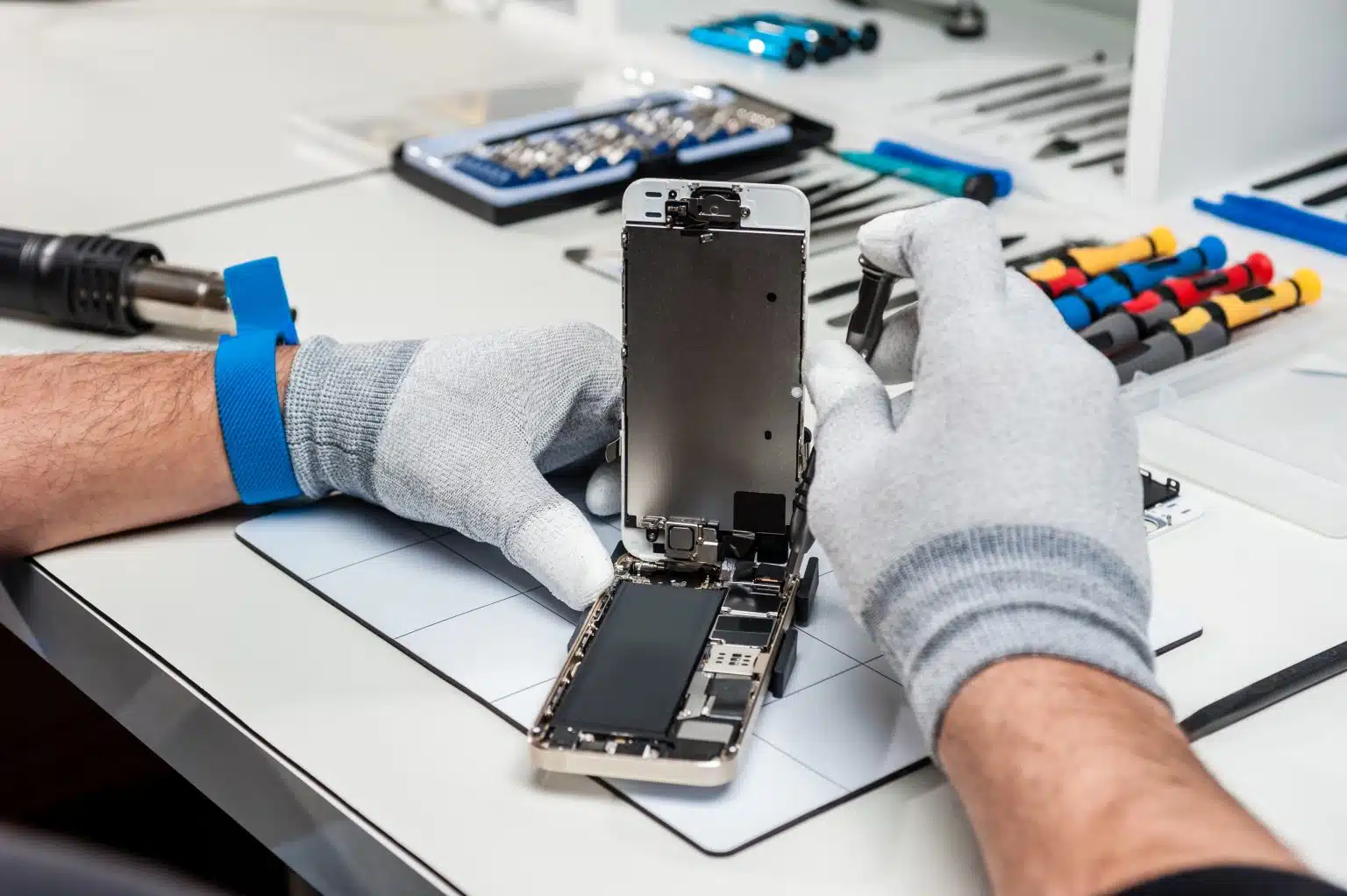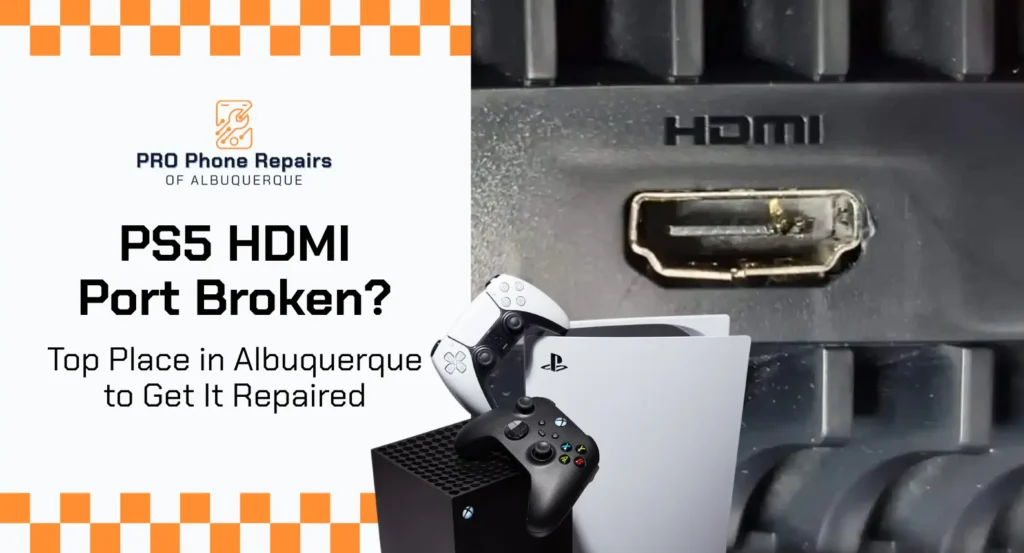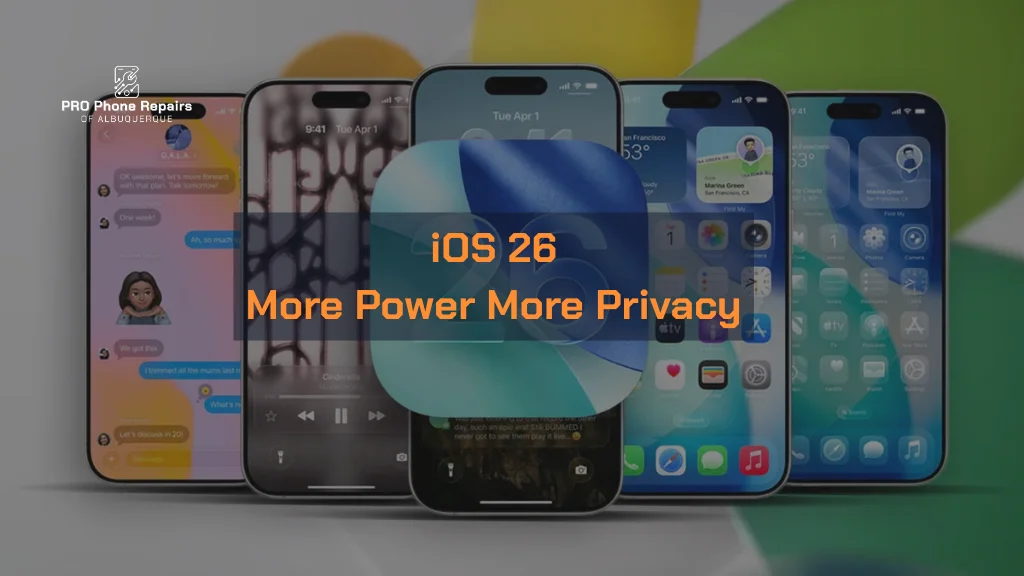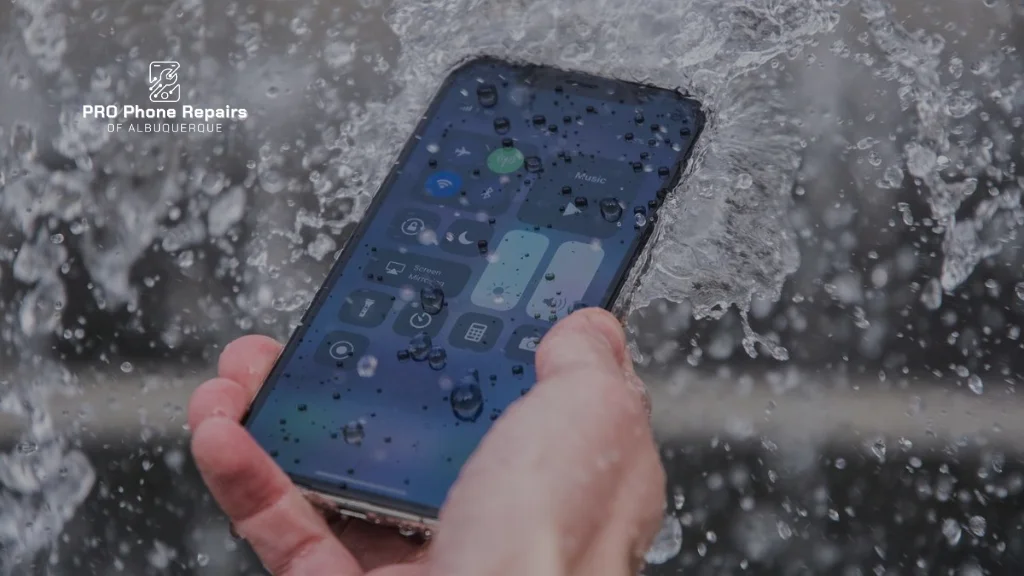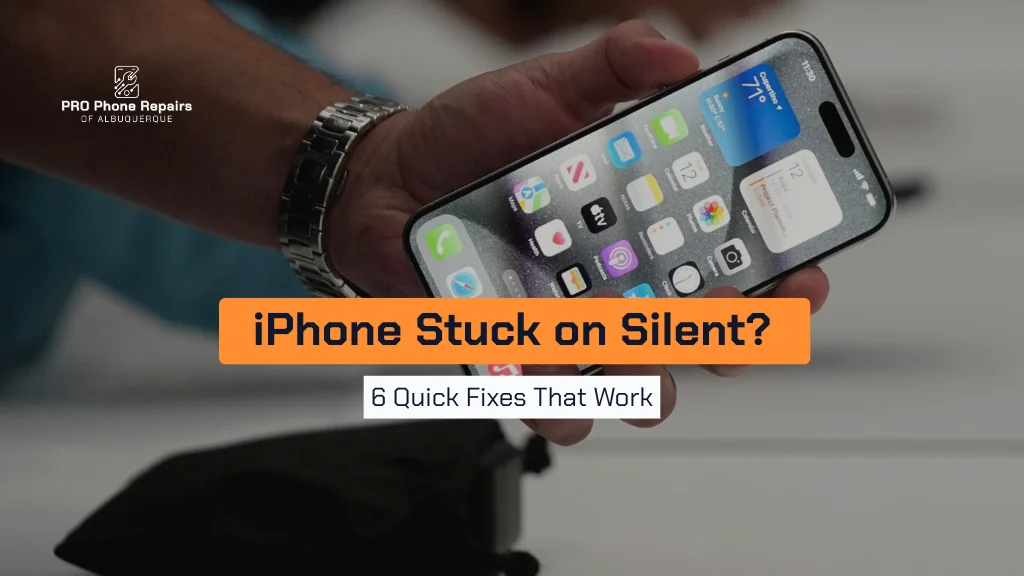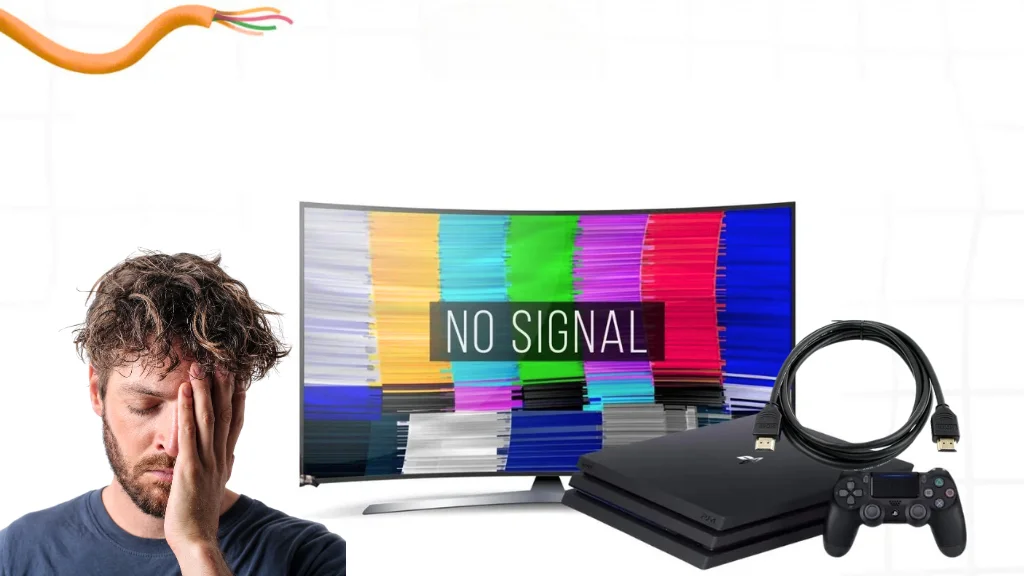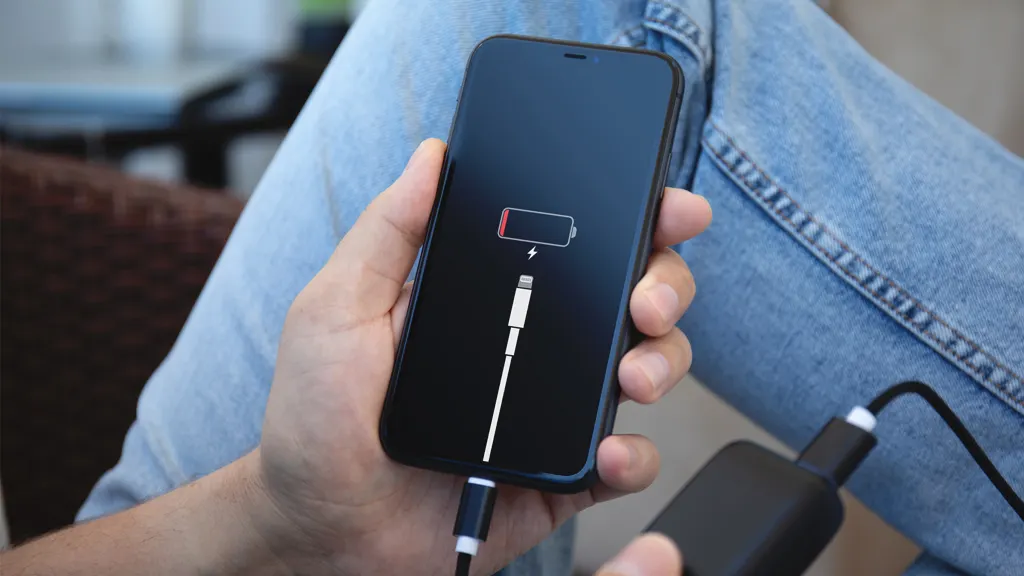In the age of smartphones, our reliance on these devices is greater than ever. We use them for communication, work, entertainment, and so much more. However, as essential as these gadgets are, they are not immune to damage or malfunction. For tech-savvy individuals looking to save money or explore a new hobby, learning how to repair cell phones can be a valuable skill. To get started, you’ll need the right tools and equipment. In this article, we’ll explore the top tools and equipment every cell phone repair enthusiast should have to successfully diagnose and fix common smartphone issues.
1. Screwdriver Set
A high-quality screwdriver set is essential for opening and disassembling cell phones. Smartphones are held together by tiny screws, often with different types of heads. A comprehensive screwdriver set should include Phillips, flathead, Torx, and Pentalobe screwdrivers to cover various phone models and designs. Invest in precision screwdrivers with magnetized tips to prevent screws from getting lost during disassembly.
2. Spudger and Plastic Pry Tools
Spudgers and plastic pry tools are non-metallic, anti-static tools designed to help you safely open a smartphone’s casing without damaging delicate components or scratching the device’s exterior. These tools are ideal for prying open the housing, disconnecting cables, and removing components like batteries and screens. Look for spudger sets that come with a variety of shapes and sizes to suit different repair tasks.
3. Tweezers
Precision tweezers are indispensable for handling small screws, connectors, and components during repairs. Tweezers with fine tips and anti-static coatings are especially useful for delicate electronic work. They allow for precise placement and manipulation of tiny parts without the risk of damaging them or causing static discharge.
4. Suction Cup Tool
A suction cup tool is essential for safely removing screens and other components without damaging them or leaving adhesive residue behind. It provides a secure grip and allows you to lift and separate parts like screens, back covers, and batteries. Ensure the suction cup you choose is strong and reliable.
5. Opening Picks
Opening picks are thin, flexible tools designed to slide between the gaps in a smartphone’s housing to gently pry it open. They are particularly helpful for releasing adhesive seals and securing components like batteries and screens. Look for opening pick sets with various shapes and thicknesses to suit different devices and repair scenarios.
6. ESD-Safe Workspace
Electrostatic discharge (ESD) can damage sensitive electronic components in cell phones. Create an ESD-safe workspace by using an ESD mat and wrist strap. The mat provides an anti-static surface to work on, while the wrist strap prevents the buildup and discharge of static electricity from your body to the device.
7. Magnifying Glass or Microscope
For detailed inspections and soldering work, a magnifying glass or microscope is invaluable. It allows you to examine small components, solder joints, and circuit board traces closely. Some microscopes even come with built-in LED lighting for better visibility.
8. Heat Gun or Hot Air Rework Station
A heat gun or hot air rework station is crucial for tasks like removing and reflowing soldered components such as connectors, chips, and soldered cables. These tools provide controlled heat application, preventing damage to nearby components while allowing you to remove or rework parts safely.
9. Heat Mat or Mat Heater
A heat mat or mat heater is used to soften adhesive and facilitate the removal of screens and other components that are glued in place. These mats are temperature-controlled, ensuring that the adhesive reaches the optimal temperature for safe separation. They are particularly useful for screen replacements and battery removal.
10. Multimeter
A multimeter is an essential tool for diagnosing electronic issues in cell phones. It measures voltage, current, resistance, and continuity, allowing you to identify problems with components such as batteries, charging ports, and circuitry. A quality digital multimeter with probes is a must-have for any repair enthusiast.
11. Soldering Iron and Soldering Supplies
For advanced repairs involving soldering or component replacement, a soldering iron is essential. Look for a temperature-controlled soldering station with interchangeable tips to suit different soldering tasks. Additionally, stock up on solder, flux, desoldering wick, and soldering accessories to ensure you have everything you need for soldering and desoldering components.
12. Cleaning Supplies
Maintaining a clean workspace and preventing contamination is vital in cell phone repair. Invest in cleaning supplies such as isopropyl alcohol, lint-free cleaning cloths, and anti-static brushes. These tools help remove dust, debris, and fingerprints from components and screens, ensuring a professional finish.
13. Component Organizers
Staying organized is crucial during cell phone repairs, as small components can easily be misplaced. Component organizers, such as magnetic parts trays, compartmentalized storage boxes, and adhesive label rolls, help you keep track of screws, connectors, and other tiny parts during disassembly and reassembly.
14. Battery Tester
A battery tester allows you to assess the health and capacity of smartphone batteries accurately. By testing the battery, you can determine whether it needs replacement or if there are other underlying issues affecting battery life.
15. Adhesive and Replacement Parts
Stocking up on adhesive materials like double-sided tape and adhesive strips is essential for reassembling phones after repair. Additionally, it’s a good idea to have a supply of common replacement parts such as screens, batteries, charging ports, and buttons on hand for quick and efficient repairs.
16. Repair Guides and Documentation
Access to repair guides, service manuals, and online resources is invaluable for troubleshooting and repair. These guides provide step-by-step instructions, schematics, and tips for specific phone models and issues. Reliable online forums and communities can also offer valuable insights and support.
17. Safety Gear
Safety should always be a priority when working with electronic devices. Wear safety glasses to protect your eyes from potential hazards like flying debris or solder splatter. Additionally, consider using nitrile gloves to prevent contamination and avoid leaving fingerprints on sensitive components.
Conclusion
Embarking on a journey as a cell phone repair enthusiast can be both rewarding and practical. With the right tools and equipment, you can diagnose and fix common smartphone issues, save money on repairs, and even turn your hobby into a side gig or business. As you accumulate experience and expertise, your tool collection may expand to accommodate more specialized instruments.
Many successful DIY repairer draw inspiration from certified phone technicians in Albuquerque, who demonstrate the importance of using the proper tools and maintaining high standards. Whether you’re just starting out or looking to sharpen your skills, having the essentials in your toolkit is the first step toward professional-level repairs.

